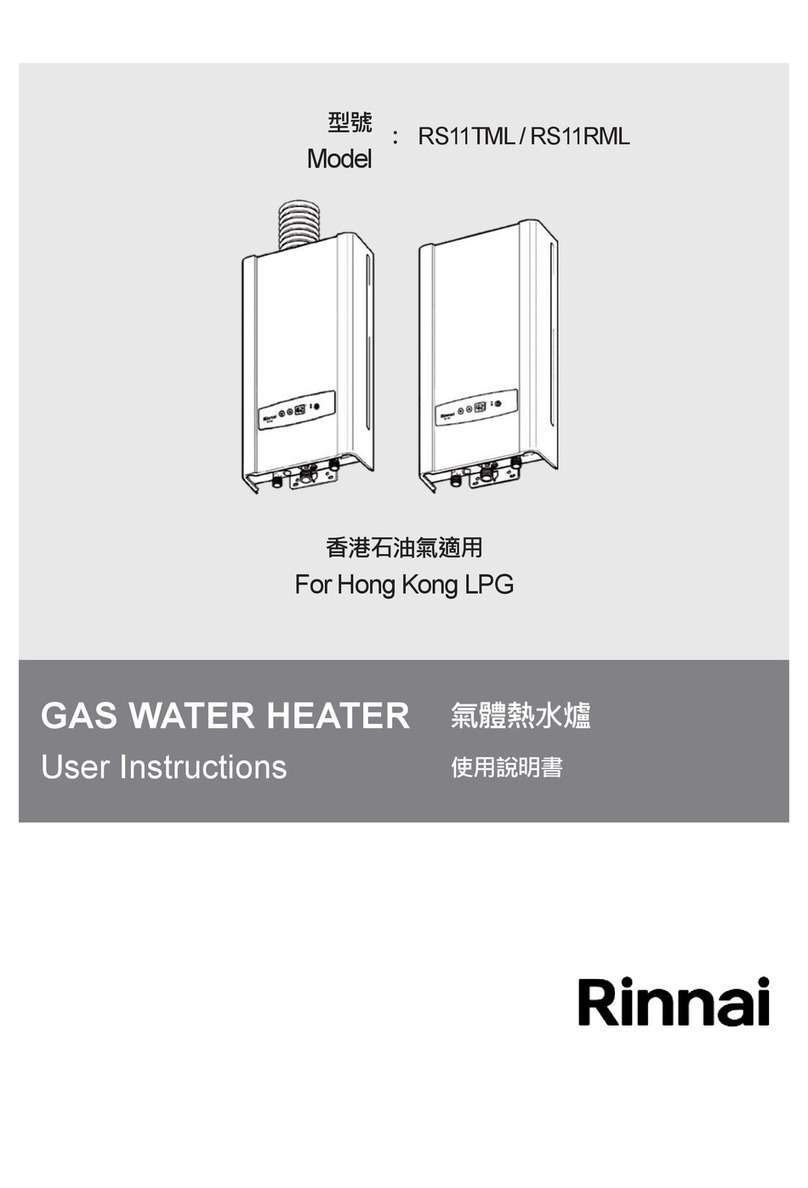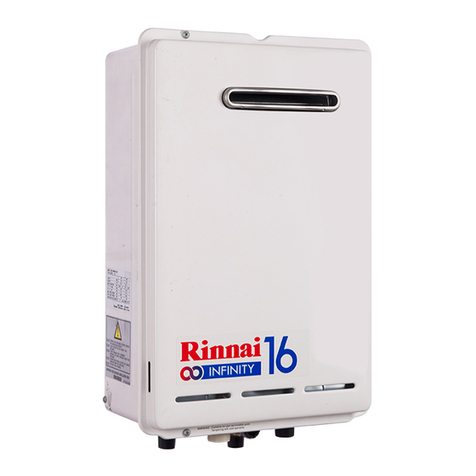Rinnai Demand Duo CHS199100HiN User manual
Other Rinnai Water Heater manuals
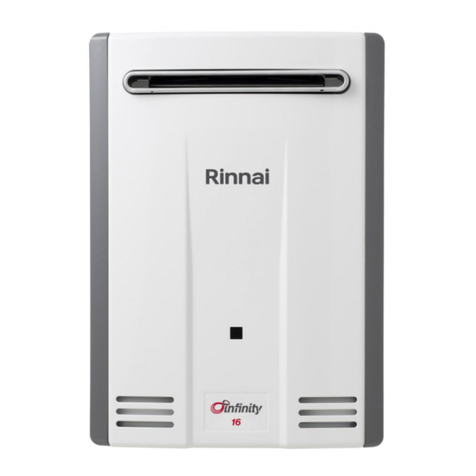
Rinnai
Rinnai Infinity 26 Touch User manual
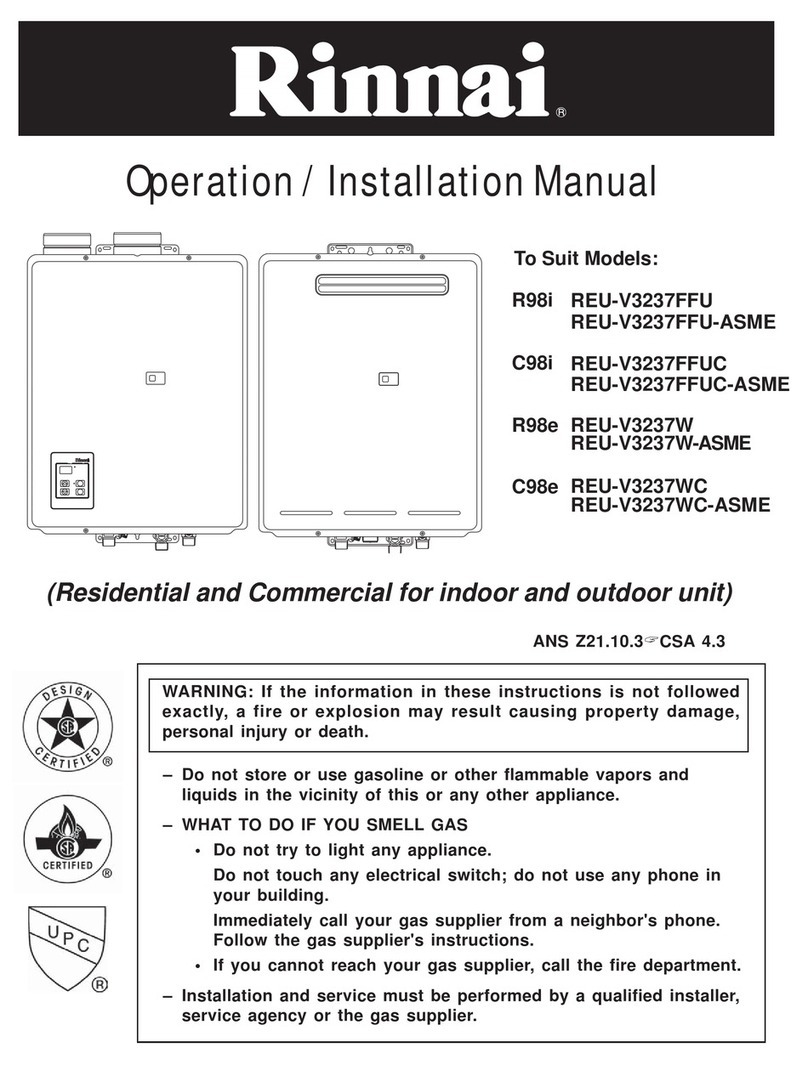
Rinnai
Rinnai REU-V3237FFU User manual

Rinnai
Rinnai REU-VA1320WF-US Specification sheet
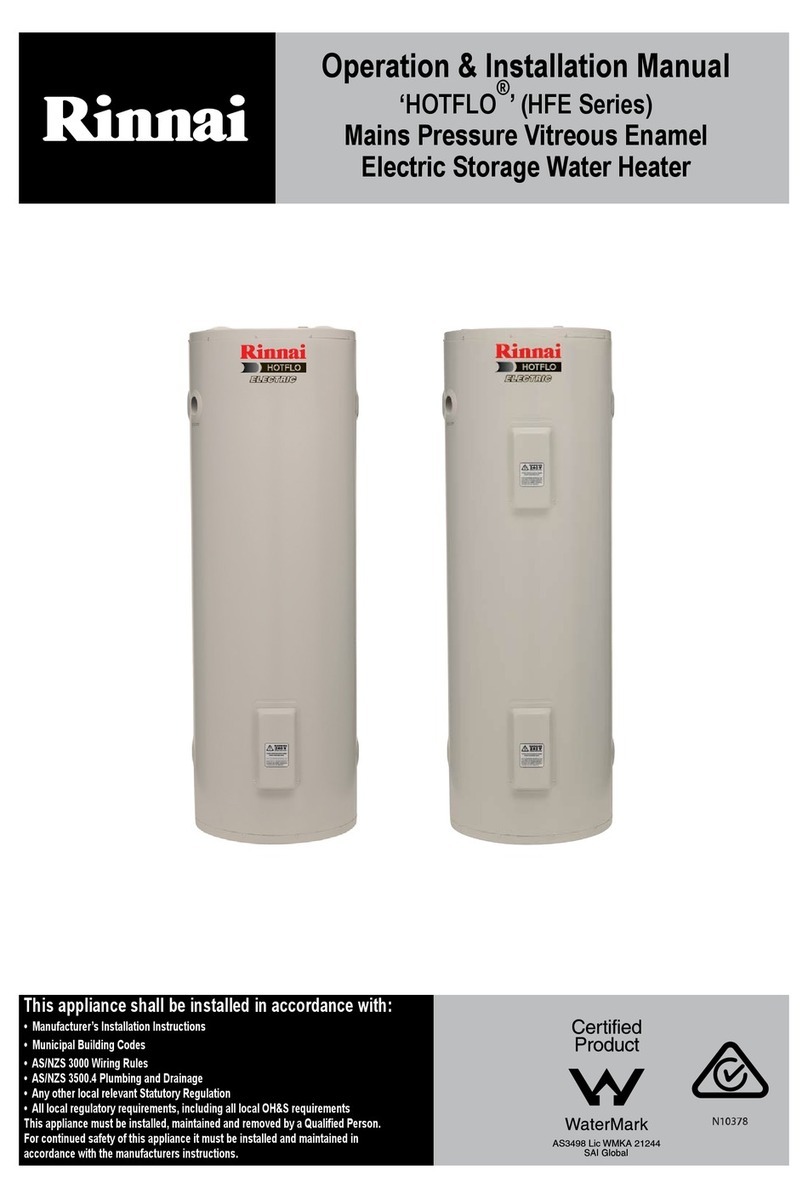
Rinnai
Rinnai HOTFLO HFE25S User manual

Rinnai
Rinnai Sensei RU160i User manual

Rinnai
Rinnai RS12TML User manual
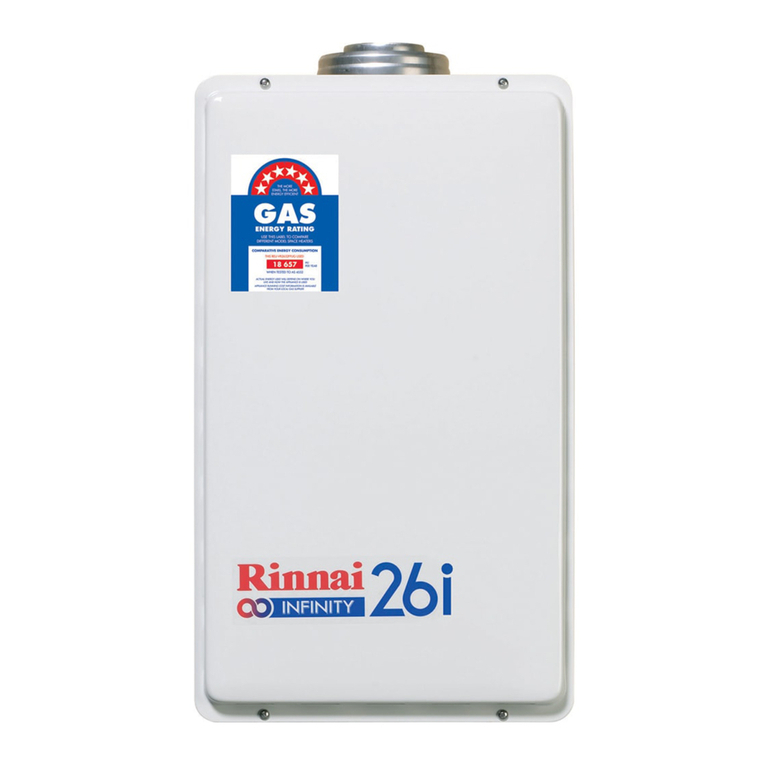
Rinnai
Rinnai INFINITY 26i User manual

Rinnai
Rinnai RH180 Instruction Manual
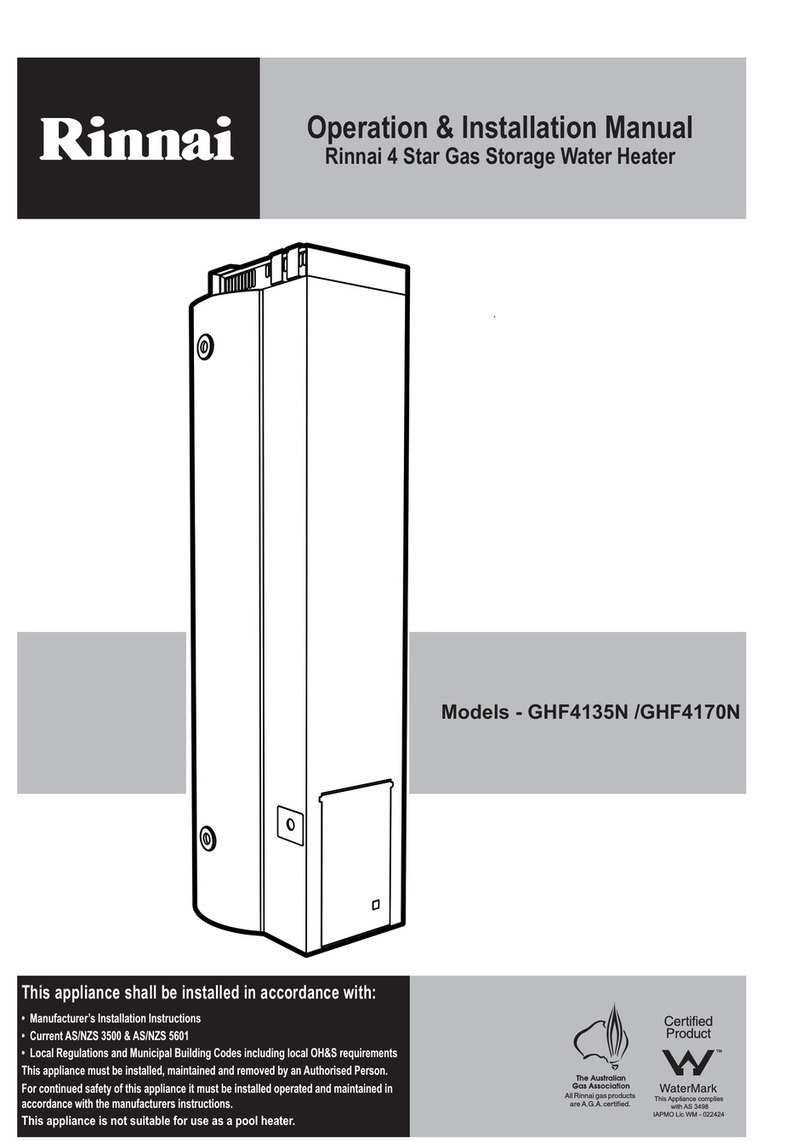
Rinnai
Rinnai GHF4135N User manual

Rinnai
Rinnai Circ-Logic RU80i User manual
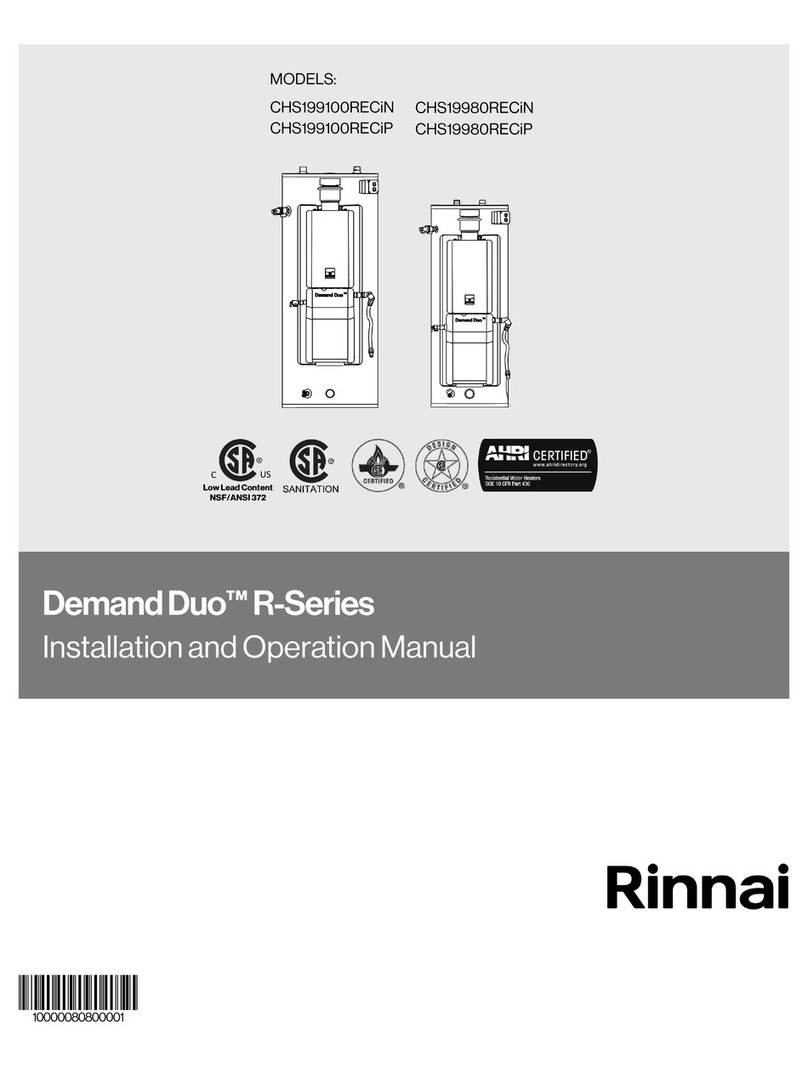
Rinnai
Rinnai Demand Duo R Series User manual
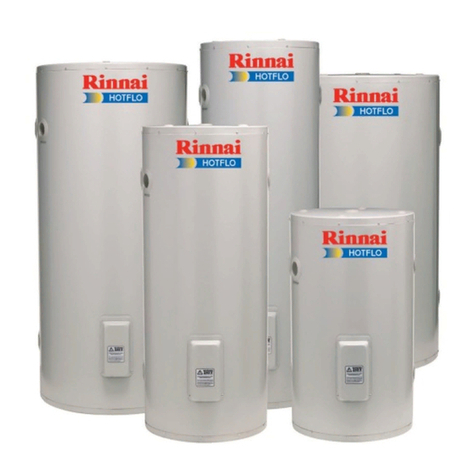
Rinnai
Rinnai Hotflo 135 L Specification sheet
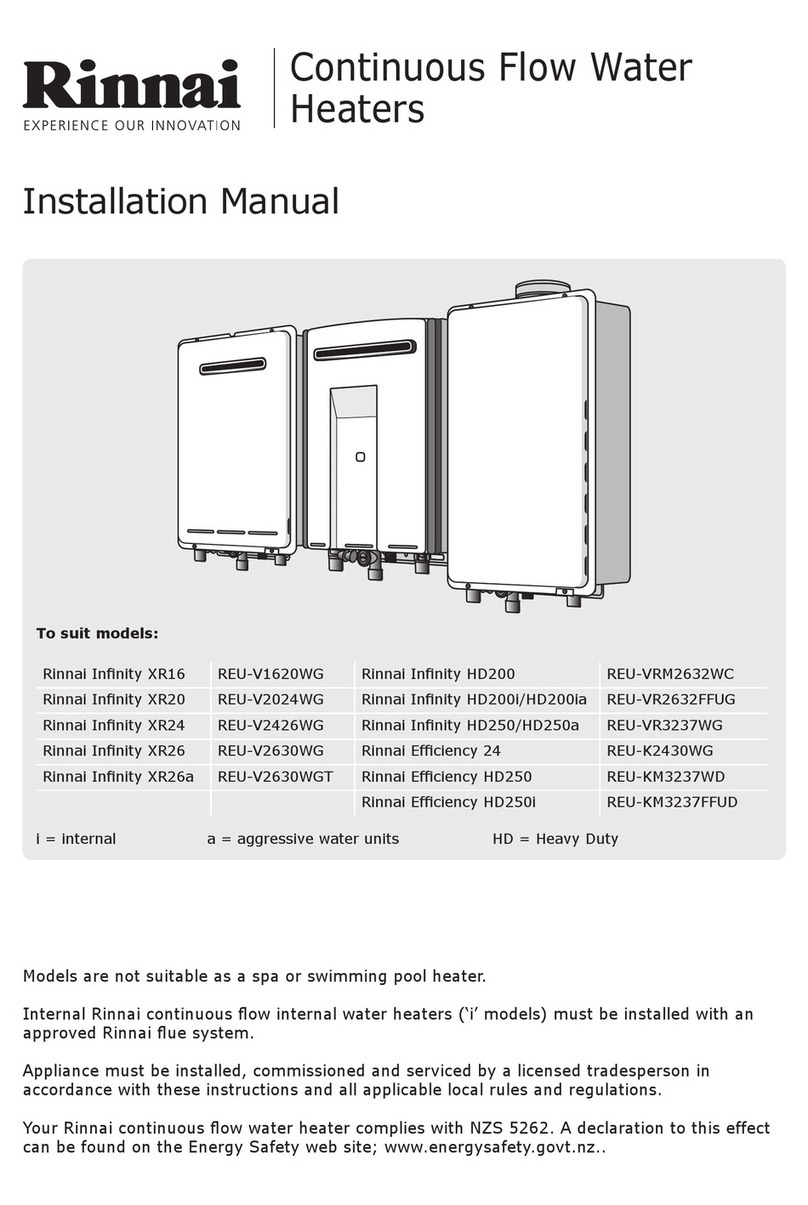
Rinnai
Rinnai Infinity XR16 User manual
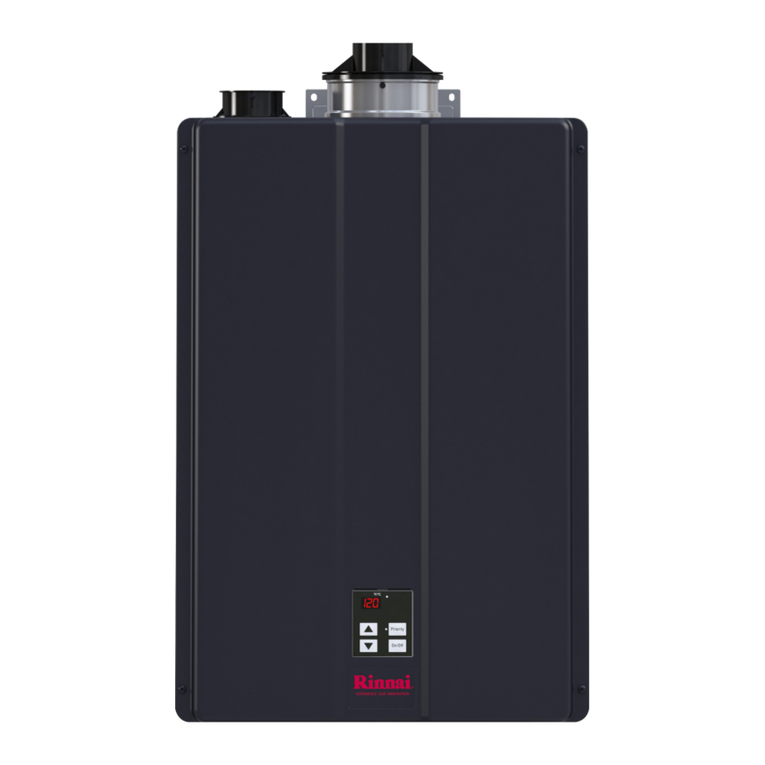
Rinnai
Rinnai c199i User manual
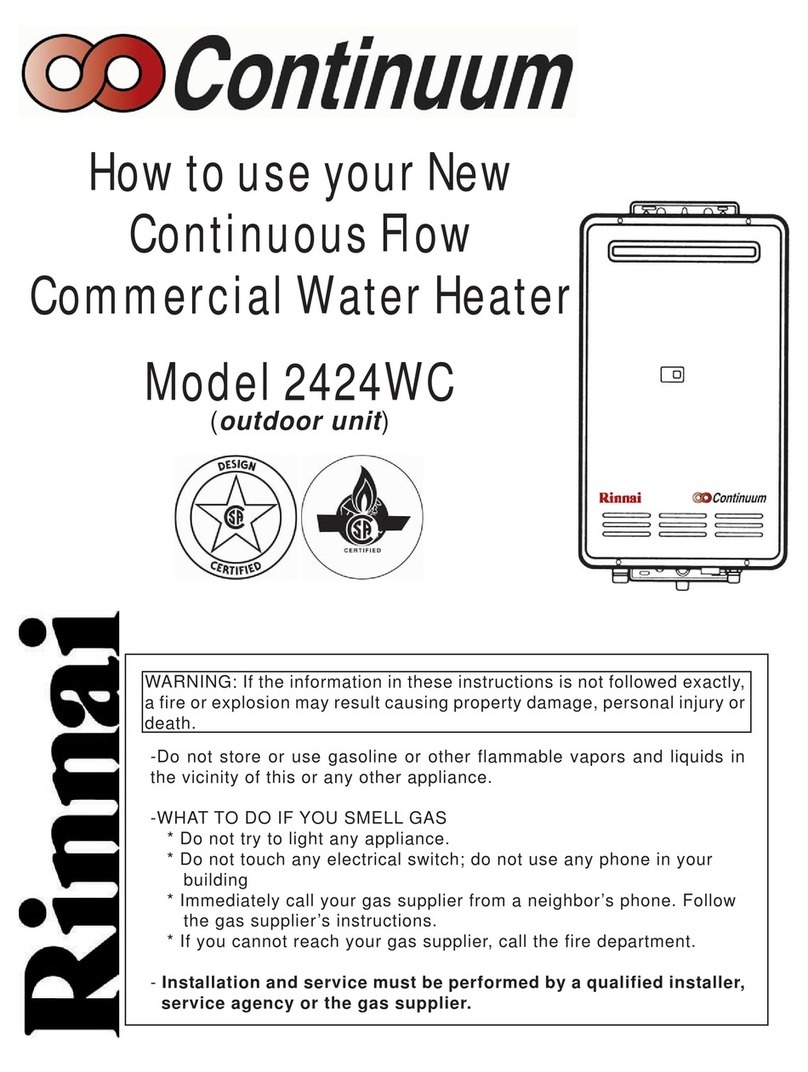
Rinnai
Rinnai CONTINUUM 2424WC User manual
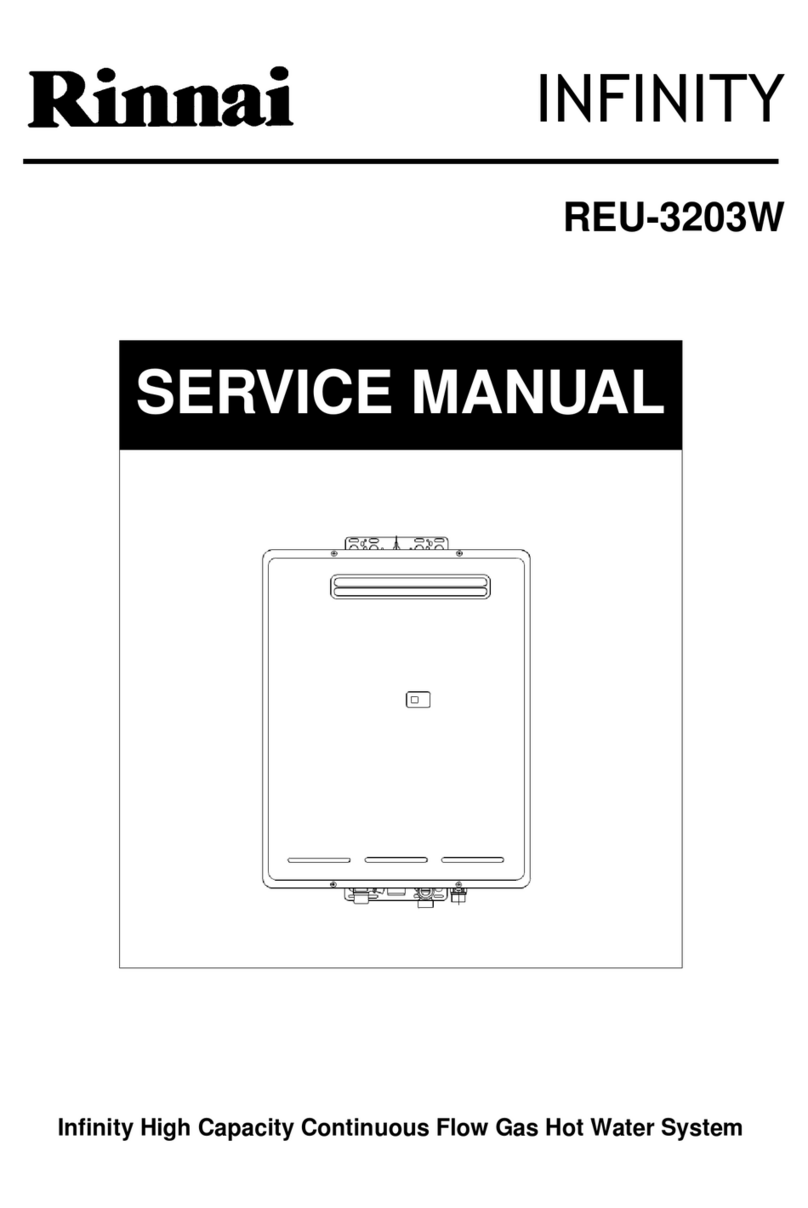
Rinnai
Rinnai INFINITY REU-3203W User manual
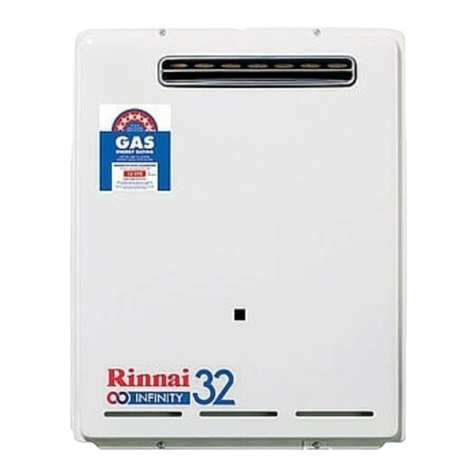
Rinnai
Rinnai INFINITYREU-V3232W User manual
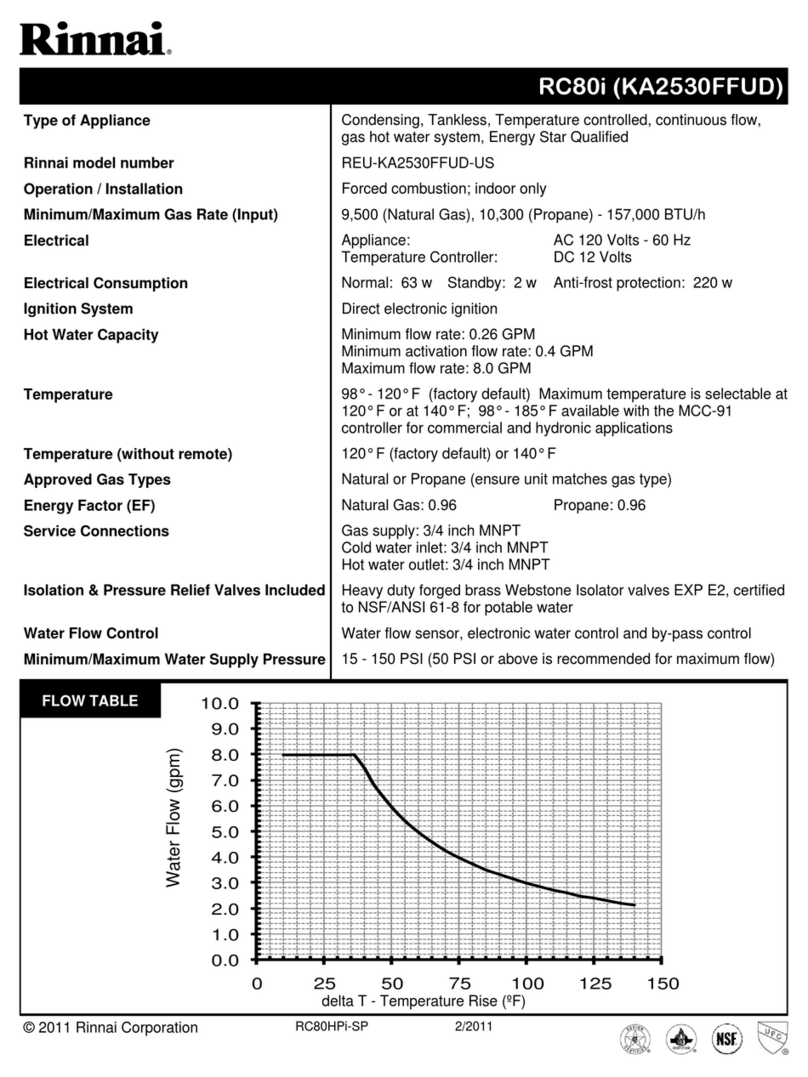
Rinnai
Rinnai RC80I User manual
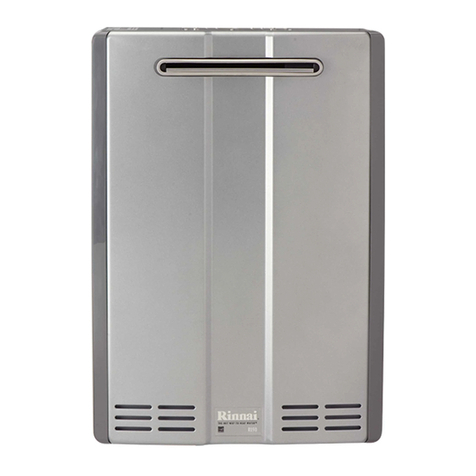
Rinnai
Rinnai Circ-Logic RU80i User manual

Rinnai
Rinnai REI-NP Series User manual
Popular Water Heater manuals by other brands

clage
clage German pool CEX13 operating instructions

Noritz
Noritz proTough NR98SV installation manual

DeDietrich
DeDietrich KALIKO TWH 200 EV Installation and service manual

veito
veito FLOW Installation and operating instructions

ICI Caldaie
ICI Caldaie COSMOGAS AGUATANK 150 Instructions for installation, use and maintenance manual

Savio
Savio Laser 11 A Instruction manual for installation and use

Kenmore
Kenmore 153.582400 Use & care guide

STIEBEL ELTRON
STIEBEL ELTRON Eltronom SHU 5 S Operating and installation instructions

clage
clage E-Mini Series Operating and installation instructions

Solar
Solar SunX 317365-002 instruction manual

Bradford White
Bradford White EF Series Service manual

Dimplex
Dimplex ECSd125-580 Installation and user instructions

Dux
Dux 32FCR6N installation manual

Noritz
Noritz N-132M Owner's guide and installation manual

TESY
TESY GCV7/4S 10047 Instructions for use and maintenance

A.O. Smith
A.O. Smith Gphe 50 instruction manual

Toyotomi
Toyotomi Oil Miser OM-148 (Type D) Operation and maintenance instructions

Koryo
Koryo KWHZF15Y user manual
